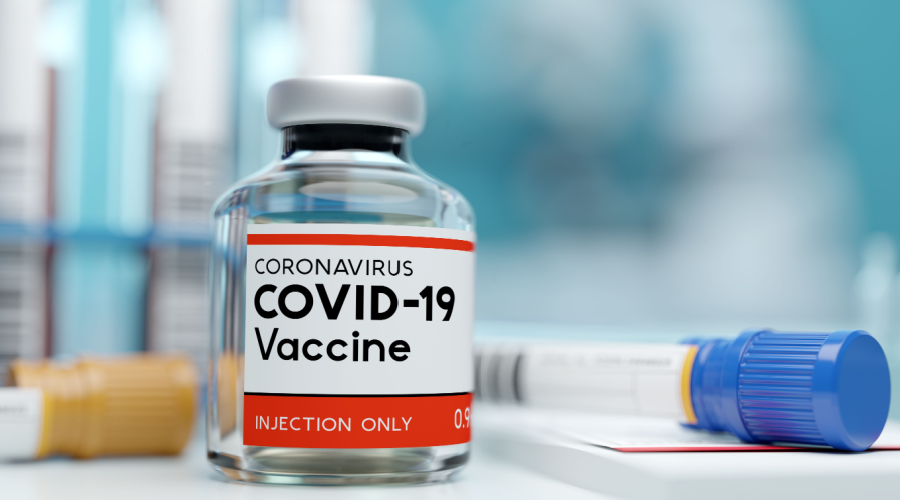Picture this scenario. You refill a script for a patient only to watch it sit in the waiting bin for days.
It’s not an uncommon event in any pharmacy.
Patients forget to refill or pickup their prescriptions, especially when they take multiple medications.
Not only is that bad for your business, but it also contributes to medication non-adherence, which negatively affects the entire health care system.
What if you had a method to increase adherence, improve patient outcomes and generate more revenue for your pharmacy?
A medication synchronization program used in conjunction with the appointment-based model (ABM) can provide significant benefits for your pharmacy and your patients.
Med synchronization and the ABM
Medication synchronization involves filling a patient’s prescriptions so they’re ready for pick-up on the same day each month.
When pharmacists follow the ABM along with medication synchronization, they schedule an appointment with patients for the day they pick up their prescriptions.
Patients receive a call beforehand to remind them about the appointment and to confirm which medications need refills.
During the appointment, pharmacists conduct a medication review and counsel patients or provide medication therapy management (MTM).
Seeing the benefits
When you implement medication synchronization and the ABM, you’ll see benefits for your pharmacy and your patients, including preventing non-adherence.
Prevent non-adherence
Refilling all of a patient’s prescriptions at the same time increases the chance he’ll remember to pick them up.
And, conducting a medication review allows you to identify gaps in care and encourage patients to adhere to their medications, which will improve patient outcomes and reduce non-adherence.
Non-adherence costs the U.S. health care system almost $300 billion annually, according to the American Heart Association. When your pharmacy improves outcomes, it lessens this burden.
Increase revenue
Implementing a medication synchronization program can lead to more filled prescriptions, which means more revenue for your pharmacy.
And, conducting medication reviews or medication therapy management can help you identify patients who may be interested in other services you offer, such as your diabetes management program.
Add convenience
Patients value convenience. And what’s more convenient than picking up all of your prescriptions on a single day each month?
Adding convenient options, like medication synchronization, to your pharmacy’s offerings can set your pharmacy apart from the competition and increase referrals.
Build stronger relationships
With the ABM, you can get to know your patients better.
And, as you build those relationships, you’ll start to earn patients’ trust and provide even better care. It’s a win-win.
Getting started
Here are a few points to consider when starting a med sync program and implementing the ABM.
Identify your goals
What do you want to accomplish with medication synchronization?
Clearly identify what your goals are, such as to prevent non-adherence or to increase efficiency, and determine how you’ll measure the program’s success.
Train your employees
Make sure your employees understand the processes and technologies involved in medication synchronization and the ABM.
Designate a pharmacist or a technician to oversee the program and ensure its success.
Target the right patients
Not all patients are a good fit for medication synchronization and the ABM.
Identify patients with past adherence issues or who suffer from chronic conditions and take multiple medications.
Incorporate your pharmacy management system
Integrate your medication synchronization technology with your pharmacy management system to improve efficiency.
For example, your pharmacy management system can help identify patients who may benefit from the program or determine the best synchronization option for each patient.
While you can’t make patients pick up their prescriptions 100 percent of the time, maybe now you’ll have fewer prescriptions to return to stock.
Get more business tips like these for your independent pharmacy when you sign up for our weekly e-newsletter.












